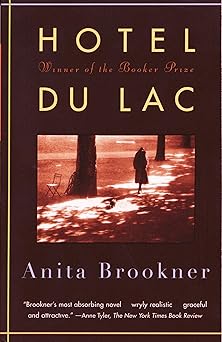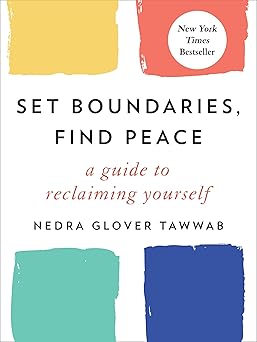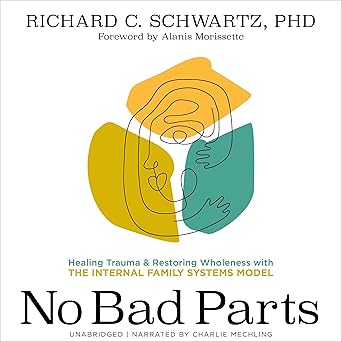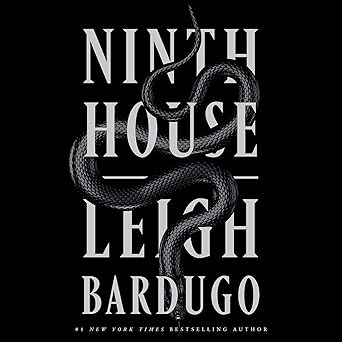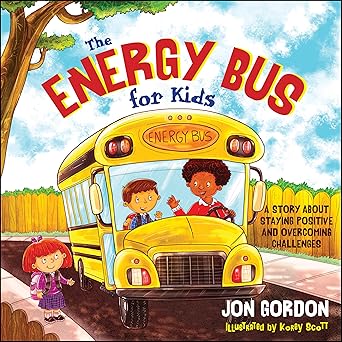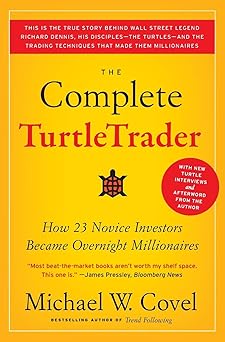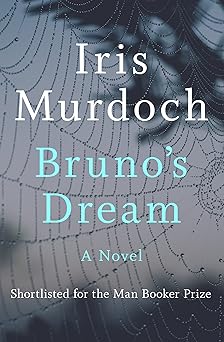
A man facing the end of his life asks for something very important: to see his son, Miles, one last time. They haven't spoken in years, because of a disagreement about Miles's marriage. When Miles comes home, he expects to simply fulfill his father's wish and then leave. But he quickly realizes that there’s a lot more going on than just a dying man’s last request. It’s like walking into a room where everyone is holding a secret, and the air is thick with unspoken feelings. It’s a complicated situation, full of sadness and regret, but also with a strange kind of beauty. I remember once, a friend of mine had a falling out with his father, and it was incredibly painful to watch. There was so much history between them, so much love tangled up with hurt feelings. Seeing him try to reconcile, even briefly, showed me how much we all crave connection and understanding, especially when facing something as profound as death. This story feels very much like that – a chance to look at things clearly, to say what needs to be said, before it’s too late.
As Miles, his wife, his sister-in-law, his father’s son-in-law, and the people caring for his father gather around the deathbed, it becomes clear that everyone carries their own burdens. The circumstances surrounding this final wish stir up old feelings, and past actions come back to haunt them all. It's not just about Bruno and Miles; it's about everyone involved and how their lives have been intertwined. The story gently unfolds, revealing the complexities of family relationships, the power of unspoken words, and the lingering effects of past mistakes. It’s a reminder that even when we think we’re separate, we’re all connected, and our actions have consequences that ripple outward. Seeing how people react to this final request, the way they interact, and the emotions they reveal, becomes a window into their inner lives, and into the hidden truths of the family. This is a story about more than just a dying man; it's about the people left behind and the ways their lives will be forever changed by this moment. The way they deal with the situation, the choices they make, will affect them long after Bruno is gone.
Ultimately, the story isn't about the sadness of loss, but about the possibility of healing and the enduring power of love, even in the face of regret. It’s a story about seeing things clearly, facing uncomfortable truths, and finding a way to move forward, even when it feels impossible. It's about the impact we have on each other, and how our lives are shaped by the choices we make. The story makes you think about your own family, your own relationships, and the things you might want to say or do before it's too late. It’s a beautiful and moving story that will stay with you long after you finish reading, prompting you to reflect on the importance of connection, forgiveness, and the enduring power of the human spirit.
It's a story about a man nearing the end of his life, wanting one final thing: to see his son. They haven't spoken in a long time, and the reason is tangled up with a disagreement about a marriage. When the son comes, he expects to simply do what his father asks and then go. But what he finds is so much more than he bargained for. It's like stepping into a room full of secrets, where everyone is holding something back, and the atmosphere is heavy with unspoken feelings. There’s a sadness to it, yes, but also a strange kind of beauty. I remember a friend of mine had a terrible falling out with his father. It was heartbreaking to witness. So much history, so much love mixed up with hurt. Watching him try to mend things, even briefly, showed me how deeply we all want to understand each other and feel close, especially when facing something as big as death. This story feels like a chance to see things clearly, to say what needs to be said, before it's too late. The air is thick with unspoken words and long-held regrets. You feel the weight of the past pressing down on everyone involved. The story doesn’t rush, it allows you to settle into the atmosphere, to observe the nuances of the relationships, and to feel the quiet desperation of everyone present. It’s a deeply human story, filled with ordinary people facing extraordinary circumstances. It doesn't offer easy answers, but it does offer a window into the complexities of family and the enduring power of connection.
As this man’s son, his wife, his sister-in-law, and those caring for him all come together, it becomes clear that everyone has their own worries and struggles. This final request stirs up old feelings, and things that happened long ago come back into the light. It's not just about this man and his son; it’s about everyone involved and how their lives have been connected over time. The story slowly reveals the complicated nature of family, the impact of words left unsaid, and the lasting effects of mistakes. It’s a reminder that we’re all linked, even when we feel separate, and that our actions have consequences that spread out and touch others. Watching how people react to this request, the way they treat each other, and the feelings they show, gives a glimpse into their inner selves and the hidden truths of the family. It’s a story about more than just a dying man; it’s about the people left behind and how their lives will be changed forever by this moment. The way they face this, the choices they make, will affect them long after he is gone.
It's not ultimately about the sadness of losing someone, but about the chance to heal and the lasting strength of love, even when regret is present. It’s a story about seeing things as they are, facing hard truths, and finding a way to move forward, even when it seems impossible. It’s about the impact we have on each other, and how our lives are shaped by the decisions we make. It makes you think about your own family, your own relationships, and the things you might want to say or do before it’s too late. It’s a beautiful and touching story that will stay with you long after you finish reading, prompting you to consider the importance of connection, forgiveness, and the strength of the human spirit.
Rating: 5.0 / 5.0
It's a story about a man wanting to see his son one last time, and it really makes you think. It’s about families and how they can be complicated, with unspoken feelings and past hurts. The story isn’t always happy, and it can feel heavy at times, but there's also a quiet beauty in watching people try to understand each other. It’s not a fast-paced story; it takes its time, allowing you to really feel what the characters are going through. It makes you think about your own family and the things you might want to say or do before it’s too late. It's a gentle reminder of how important it is to connect with the people we love and to forgive each other. It’s a touching story that will stay with you, prompting you to reflect on the strength of the human spirit and the power of love.
